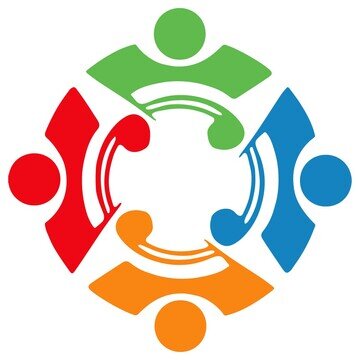12. Get Out of Your Head: quieting social awkwardness and anxiety
Social anxiety can be a major obstacle to making satisfying connections. Fortunately, there are effective strategies to address it, including this one.
Data point of the week
When someone with social anxiety disorder (SAD) enters a new social situation, they typically shift their attention toward negative aspects of themselves, critical thoughts, and/or the anxiety they’re experiencing. This heightened self-monitoring (and judgment) increases anxiety and undermines the ability to function well in social situations, creating a self-perpetuating cycle.
However, when individuals with SAD are instructed to focus their attention on aspects of the external environment, they report less anxiety and fewer negative beliefs.
Reflection
Social anxiety—and the more common feelings of social awkwardness, discomfort, and insecurity—can interfere with our ability to make connections, develop relationships, and have a satisfying social life.
Social anxiety is marked by hyper self-consciousness. We get stuck in our own heads thinking about how we are coming across and how others are perceiving us, usually imagining the worst. This degree of self-focus consumes a significant portion of our attention, leaving fewer mental resources available to process and respond to social cues.
Photo by Mikhail Nilov
Put another way, when we are busy monitoring, assessing, and critiquing our own social performance, we sabotage our ability to bring our best selves to an interaction. This pretty much sums up the social interactions of my teens and twenties.
The good and bad news is that our brains can only focus on one thing at a time. Yup, multi-tasking is a myth … unless one of the things you’re doing is something you’ve completely mastered and doesn’t require any mental effort, like walking, or folding laundry. Social interactions can’t be automated in this way though, because they are ever-changing and nuanced.
If we’re focused on self-evaluation (“That was a thing stupid to say” “What does this person think of me?” “Do I have lettuce in my teeth?”), there’s no bandwidth left for skilled interaction. Our diminished capacity to interact reinforces our negative self-perception of our social abilities, which then heightens our awkwardness or anxiety. It’s a vicious cycle that often leads to avoidance of social situations … because who wants to feel that crap?
Fortunately, it helps to get out of your own head and train your attention on something else. Choosing an external focus for your attention leverages your brain’s mono-tasking limitations and squeezes out anxiety-producing thoughts.
Connection Skill & Action Step: Get out of your head
To practice this skill, take a few minutes before entering social situations to make a plan that keeps you out of your head. You can choose to focus on anything other than your own thoughts. For example, you could choose to:
Prepare a question to ask, such as, “What’s the best thing that happened to you this week?” When the other person is speaking, try to really focus on what they are saying and how they’re feeling.
Run through your senses and identify 1-3 things you can see, hear, smell, touch, and taste.
Give yourself permission to be an observer. Look around the room and pick out your favorite outfit, or guess the mood people are in based on their body language, etc.
Keep an eye out for anyone who isn’t talking to someone and try to help them feel more comfortable.
Set a goal of saying “Hi” to one person (or five), and count that as a success, regardless of how awkward or uncomfortable it feels.
Join a ProjectConnect group to meet people and make connections in a safe, facilitated space.
Questions to reflect on or to spark conversation. Please share your responses in the comments—we love hearing from you!
When have you made it through an initial feeling of social anxiety or insecurity actually had a positive social experience?


